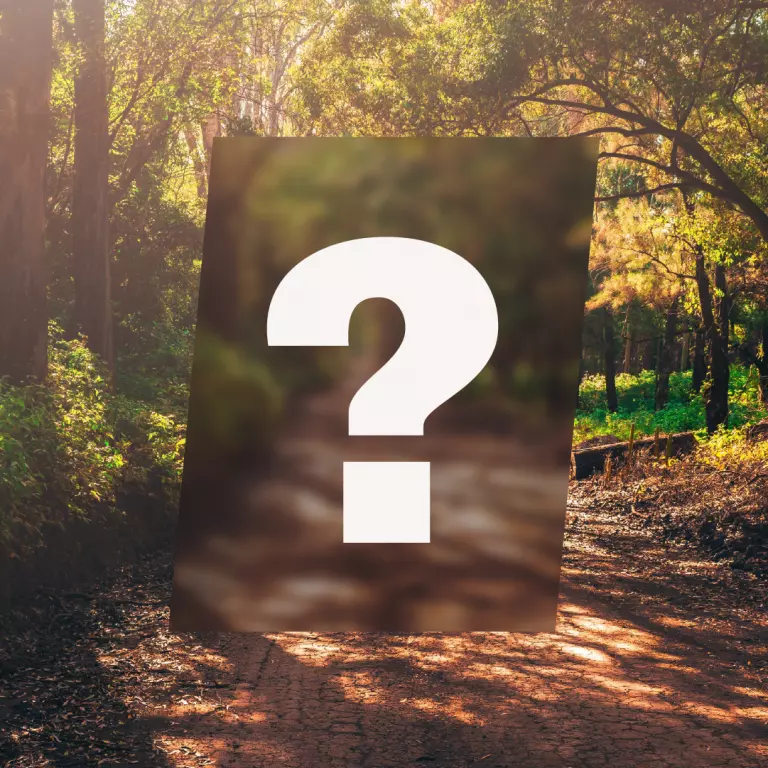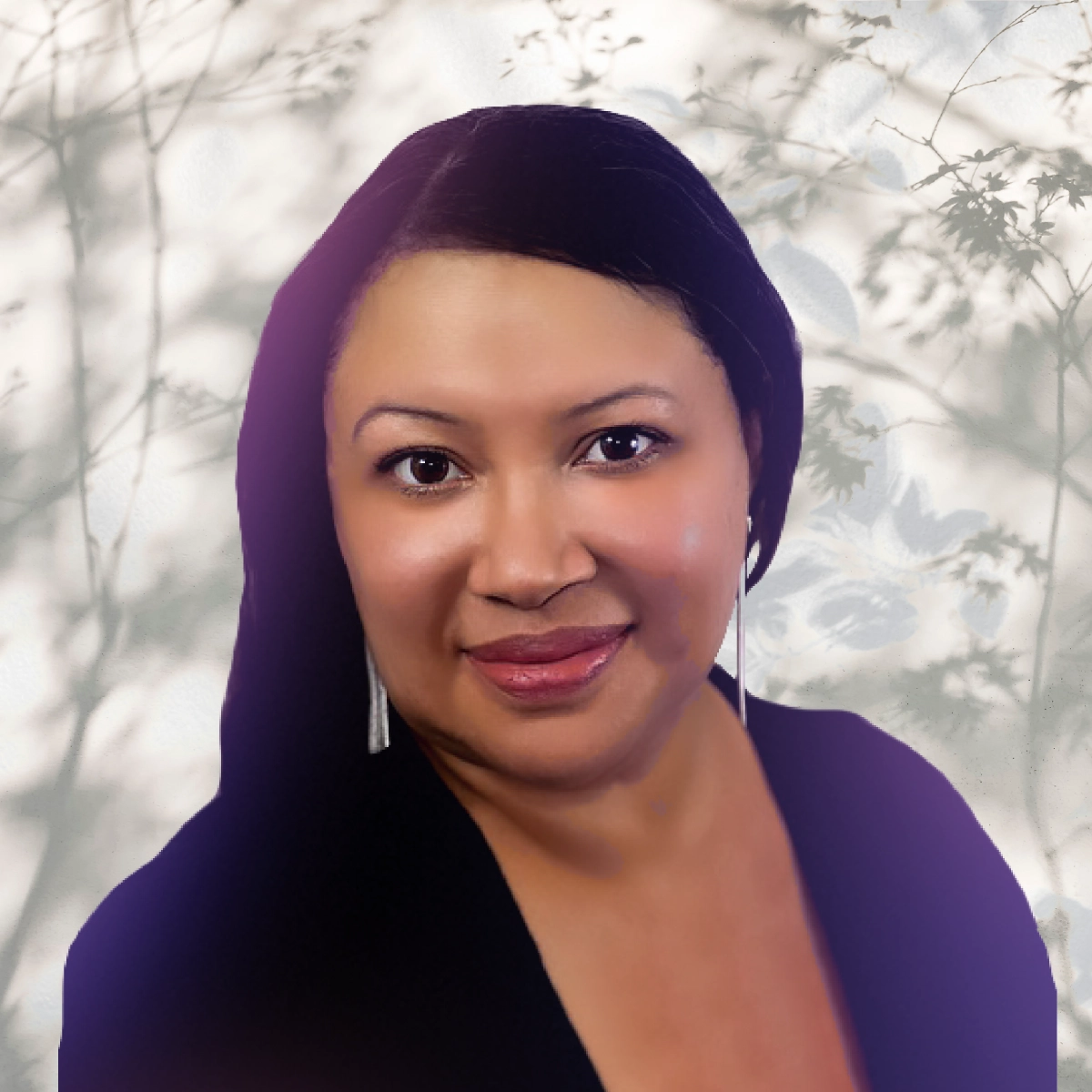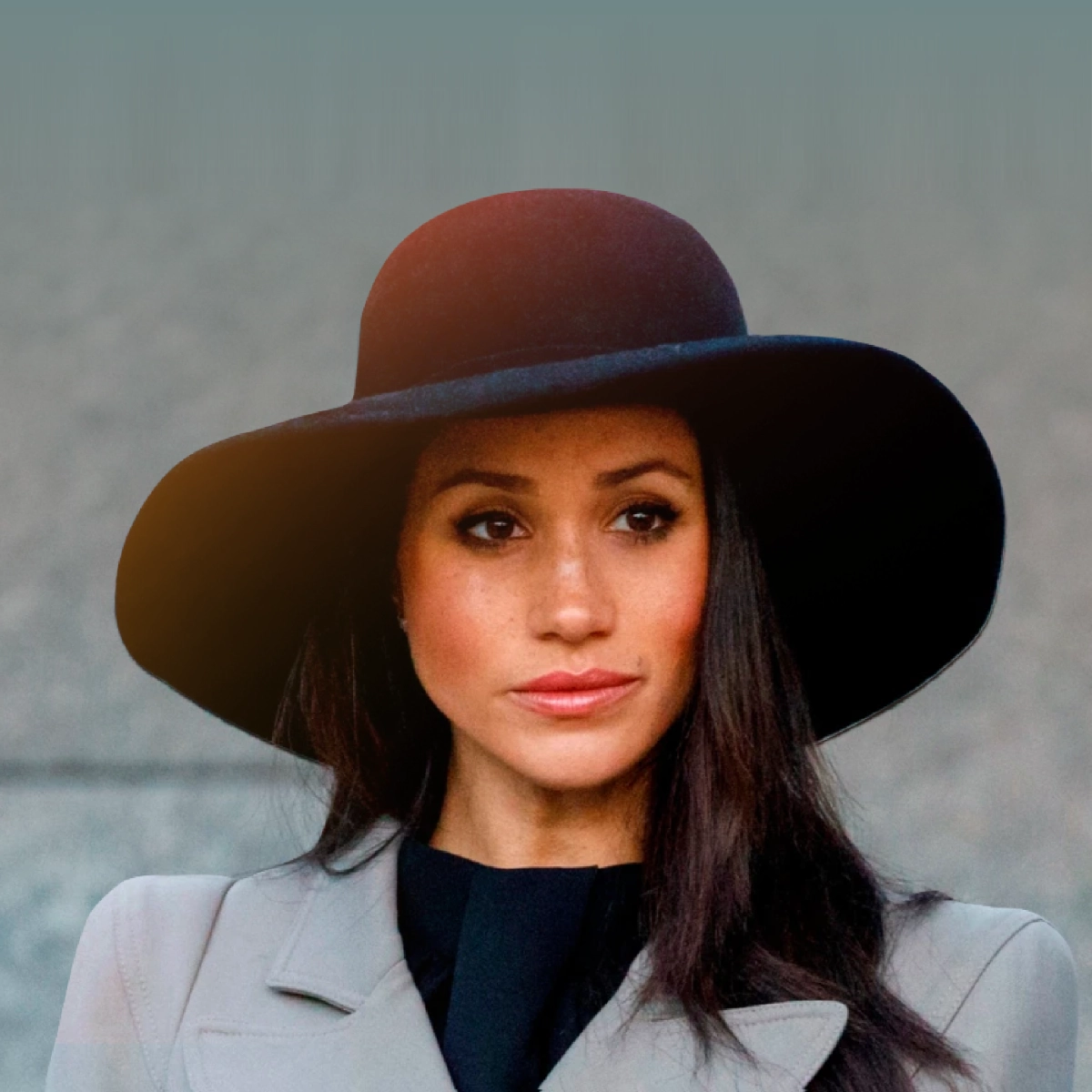big strong women
wit fierce attitude in the street
An exquisitely arched eyebrow
May be/ all she has/ for you
But she got something else to show me
behind that worldly camouflage
we was soft-to-soft
rock & water & earth shuddered
rose & fell
and that fierce strong woman
cried sweet sacred tears
i had no answer for
except to hold her
tighter.
– Storme Webber
June is Pride month, a time to come together and celebrate our LGBTQIA+ family. As language shifts over time, you may see longer, more inclusive versions of this acronym (a helpful guide here). In fact, LGBTQIA2S+, while not as frequently used in mainstream media, is preferred by many. 2S is an abbreviation for Two Spirit, referring to an Indigenous person that identifies as having both a masculine and a feminine spirit. The term was coined by Albert McLeod in 1990, functioning as a translation of the Anishinaabemowin term niizh manidoowag, ‘two spirits’. In most tribes, they are considered neither men or women, but instead hold a third or fourth gender status. Most Indigenous communities have their own terms in their native languages to describe their gender non-conforming individuals. While there are notable differences within the Two Spirit role across North America, this umbrella term was originally used to describe the identity of people who benefitted from supernatural intervention. In myriad tribes, Two Spirit people occupied religious roles as healers, clairvoyants, and shamans.

In order to appreciate the complexity of the Two Spirit identity, we’ve linked a few artists and scholars we’re always learning from below.
Professor Qwo-Li Driskill is making waves
Storme Webber’s poetry has been described as an ancestral mixtape
Literary Critic Craig Womack encourages a new approach to Indigenous literature
Jen Deerinwater is raising their voice for people with disabilities
Dio Ganhdih uses hip hop to express herself





